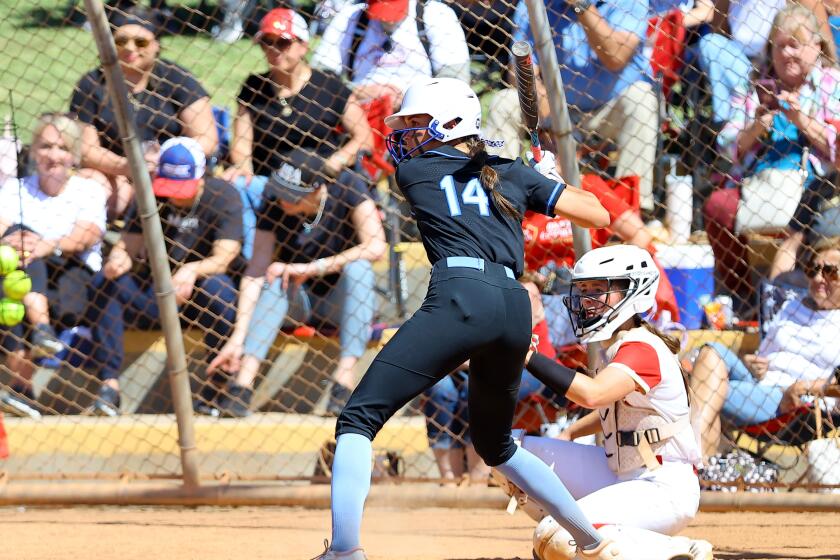Athletic Reform From the Top
- Share via
It is sometimes thought that a good strategy for winning college football is to move down the field slowly, so each play amounts to no more than “three yards and a cloud of dust.” That’s the prudent strategy university presidents are using to clean up college athletics.
Last month, the National Collegiate Athletic Assn. enacted several reforms at its annual convention that are intended to eliminate some of the abuses in college sports. None of the rule changes were revolutionary, but they are progress. Among the more noteworthy are limits in the number of athletic scholarships, the size of coaching staffs and the amount of practice time required of student athletes. The NCAA also agreed to phase out dormitories that segregate athletes from other students.
That may not seem like much, considering all the scandals in recent years involving student-athletes who don’t go to class, abuse drugs, assault their fellow students or get payoffs from overzealous fans. But they strike at a very fundamental part of the problem--the virtual autonomy of many college athletic departments.
Too often successful athletic programs are able to set their own standards, and sometimes even control their own budgets, virtually independent of the university where they are based. In such cases the only person with the clout to rein in a popular coach is the college president.
That’s why the most important thing that happened at the NCAA convention was not that the reforms were enacted, but that they were pushed by an influential block of delegates--235 college presidents who attended the meetings rather than letting their schools be represented by athletic directors or coaches.
Too many coaches seem unwilling to shake up the system when left on their own. So it’s vital that their bosses step in to make sure the necessary changes are made.
Enough college presidents did that this year to make a difference. They will keep making progress only if they keep at it as consistently as a football team moving methodically down the field. The gains may not always be spectacular, but they get you closer to the goal.
More to Read
Go beyond the scoreboard
Get the latest on L.A.'s teams in the daily Sports Report newsletter.
You may occasionally receive promotional content from the Los Angeles Times.










